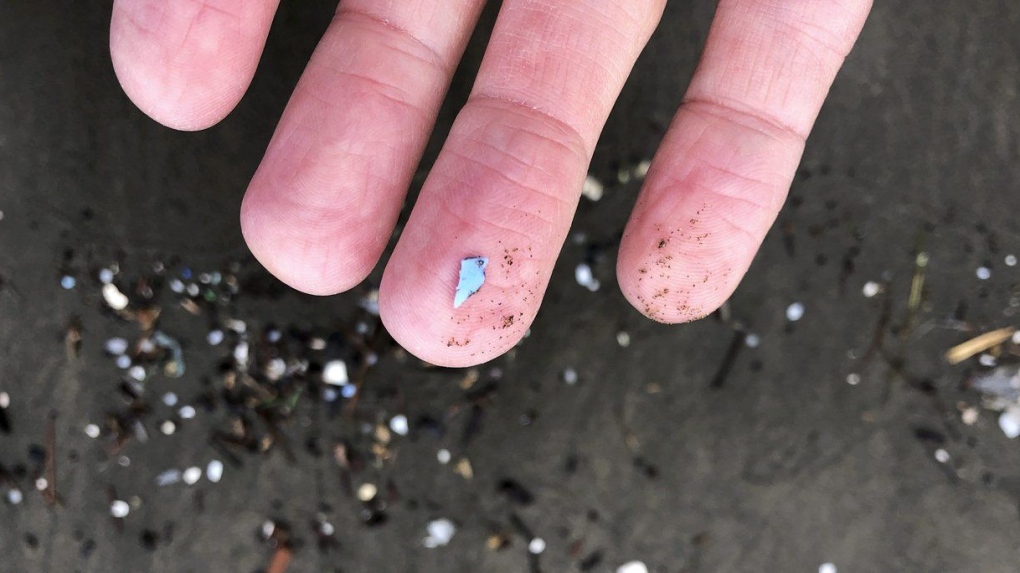When food safety researcher Tianxi Yang became a mother, she wondered how much microplastic her son would ingest when drinking milk out of widely available plastic containers.
She says microplastic exposure and the effects of the tiny particles on human health have been on researchers’ radar for at least a decade.
But testing for microplastics required costly and cumbersome equipment — so Yang set out to create a portable unit that could be used by untrained people at home.
“I think the micro and nanoplastics detection is very meaningful because it allows people to realize how much micro and nanoplastics they’re being exposed to, even though they may not notice,” said Yang, an assistant professor in the faculty of land and food systems at the University of British Columbia.
(Paper is here).



Did they phase out bagged milk in Canada?
Never seen it in western Canada. But like the other person says we have plastic gallon (4L) jugs.
For the record, paper cartons are lined with plastic as well. It’s pretty hard to escape with our current system. We’d literally have to go back to a milkman with glass bottles. Not that that’s impossible, just a change.
You can definitely find glassed milk today, with returnable bottles and everything. It’s just 2x as expensive as regular queer milk.
4L jugs?
Holy fuck, that sounds like a dream.
We need brown glass to protect vitamin D
Ontario and Québec are still very much on the bagged milk train.
Source: my fridge.
For plastic gallon containers?